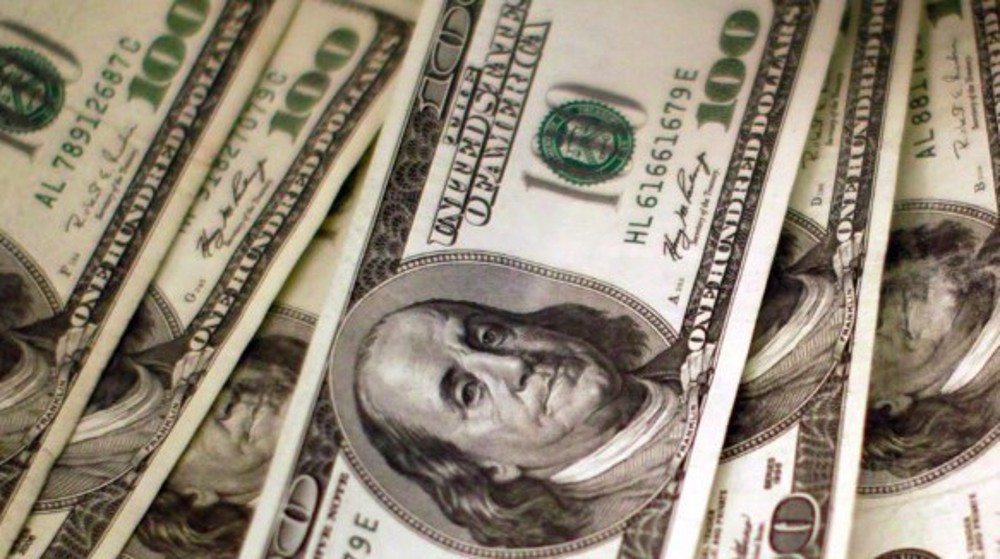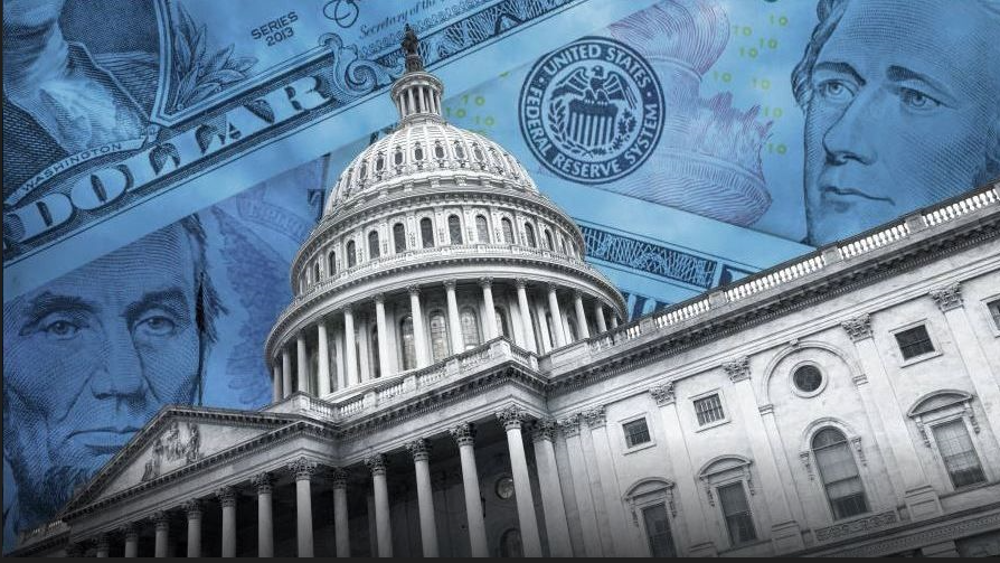Dollar falls to two-year lows before Fed outcome; lira weak
The US dollar fell to a two-year low on Wednesday as pressure built on the Federal Reserve to strike a dovish policy stance amid a surge in coronavirus cases fuelling demand for riskier currencies like the Norwegian crown and the Australian dollar.
Financial markets expect policymakers to hold fire on fresh steps, but rising infection rates are leading some analysts to predict strong forward guidance from the Fed on further policy actions.
“Even if the Fed doesn’t come out explicitly signalling more policy support, the dollar’s outlook remains weak thanks to the diverging trends in coronavirus cases between Europe and the US,” said Ulrich Leuchtmann, head of foreign exchange and commodity research at Commerzbank.
Four US states in the south and west reported one-day records for coronavirus deaths on Tuesday and nationwide cases stayed high.
Against a basket of other currencies =USD, the dollar fell 0.4% to 93.41, its lowest level since June 2018. It has weakened more than 3% since the last Fed meeting as yields on benchmark US Treasury debt have fallen more than 20 bps since then.
“These factors mean we should expect a decidedly more pessimistic assessment of the outlook for economic growth,” said Derek Halpenny, head of research at MUFG Bank. “We should also probably expect some focus on the US dollar, given the notable move we have had since the last meeting.”
Investors will also be watching for any indications the Fed will increase its purchases of longer-dated debt, implement yield caps or target higher inflation than previously indicated, building on recent massive stimulus measures.
Goldman Sachs on Tuesday said a potential Fed shift “towards an inflationary bias” along with record high US government debt levels are raising “real concerns around the longevity of the US dollar as a reserve currency.”
But John Vail, chief global strategist at Nikko Asset Management said the greenback was still up 1% in the year to date as measured by JP Morgan broad trade-weighted nominal index, despite recent weakness.
EURO UP
The weakening dollar pushed the Australian dollar higher with the currency trading at $0.7185 AUD=D4, hitting a 15-month peak after data showed Australia's consumer prices fell by a record in the second quarter.
The euro traded at $1.1762 EUR=EBS, up 0.3%, although it has stepped back from Monday's 22-month high of $1.17815.
The dollar traded at 104.82 yen JPY=EBS, a four-month low and down 0.25% on the day.
For investors, the euro’s strength has been vindicated by a recent fiscal stimulus deal reached by European Union leaders last week with charts and derivatives expecting the single currency to strengthen to $1.20 levels in the short term.
Elsewhere, the Turkish lira held near record lows after it plunged 2% in minutes on Monday before reversing most of that fall. One-week and one-year Turkish lira implied volatility gauges jumped to their highest level in two months.
Source: Reuters
Russian court orders Google to pay staggering fine of $20 decillion
Yemeni forces carried out five operations in Haifa, targeting six ships, in one year: Report
VIDEO | US-Israeli war on West Asia
Israeli war machine fails to penetrate Lebanon despite barbaric bombardment: Houthi
VIDEO | Is West's dominance over?
VIDEO | Five Syrians killed in Israeli airstrikes on al-Qusayr near Homs
VIDEO | South African resistance leaders reflect on ways to overcome Israeli aggression
VIDEO | Press TV's news headlines










 This makes it easy to access the Press TV website
This makes it easy to access the Press TV website